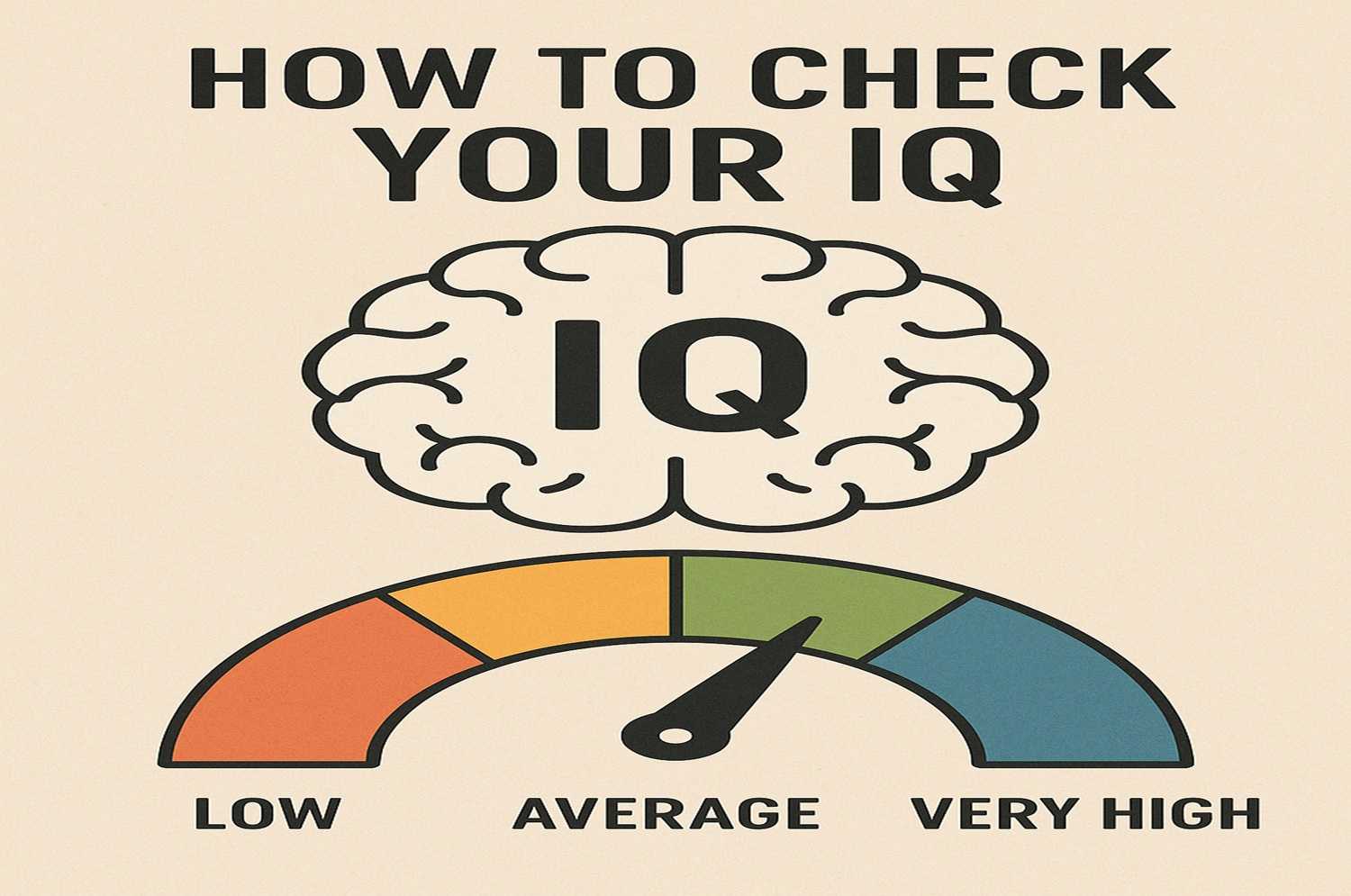In today’s hyper-connected world, we spend hours glued to screens. But what happens when constant notifications, endless scrolling, and work emails leave you mentally drained? This guide unpacks digital burnout, its impact on mental health, and actionable ways to overcome it.
Table of Contents
ToggleWhat is Digital Burnout?
Defining Digital Burnout in Simple Terms
Digital burnout is the state of mental, emotional, and sometimes physical exhaustion caused by constant exposure to screens, notifications, and online demands. In simple words, it happens when the digital world starts draining you instead of helping you. Whether it’s endless work emails, late-night scrolling on social media, or being always “online,” your brain and body can only handle so much. Over time, this overload reduces productivity, affects focus, and makes you feel detached from real-life interactions.
Signs You Might Be Experiencing It
Not sure if what you’re feeling is digital burnout? Here are some common signs:
- Constant fatigue even after resting or sleeping.
- Difficulty focusing on tasks without checking your phone or switching tabs.
- Irritability and mood swings triggered by minor digital interruptions.
- Physical discomfort such as headaches, eye strain, or disrupted sleep patterns.
- Loss of motivation for both online and offline activities.
If these symptoms feel familiar, it’s likely that the constant digital overload is taking a toll on your well-being. Recognizing these signs early is the first step toward managing and preventing digital burnout.
How Technology Overload Impacts Mental Health
Increased Stress and Anxiety
Constant connectivity can feel like a blessing, but it often turns into a burden. Endless notifications, work emails after hours, and the pressure to stay “always online” contribute to chronic stress and anxiety. This nonstop digital engagement creates what psychologists call digital burnout—a state where your mental energy feels drained by technology itself. Over time, this stress response can weaken resilience, making even small tasks feel overwhelming.
Sleep Disruptions from Screen Time
Late-night scrolling or binge-watching might seem harmless, but blue light from screens suppresses melatonin production, delaying sleep cycles. When technology use pushes bedtime later, it reduces the quality of rest and can lead to insomnia-like symptoms. Poor sleep not only impacts mood and emotional regulation but also worsens digital burnout, trapping people in a cycle of exhaustion and overuse.
Reduced Focus and Productivity
Technology overload fragments attention. Constant multitasking between apps, messages, and platforms reduces the brain’s ability to concentrate deeply on one task. Instead of increasing efficiency, this creates mental fatigue, procrastination, and productivity loss. In workplaces, digital burnout often shows up as “busy but not effective”—people appear engaged online but accomplish less because their focus is constantly interrupted.
Social Media and Self-Esteem Issues
While social media connects us, it also fuels comparison. Curated highlight reels can distort reality, making people feel inadequate or left behind. Overexposure to negative content or online criticism can erode confidence and worsen feelings of loneliness. For many, digital burnout manifests as emotional exhaustion from trying to keep up with online trends while neglecting real-life needs for connection and self-worth.
Why Are We So Addicted to Screens?
The Psychology of Constant Notifications
Our phones and devices are designed to keep us hooked. Each notification acts like a psychological trigger, pulling our attention away from the present moment. Over time, this constant interruption not only fragments focus but also contributes to digital burnout, leaving us mentally drained. The need to check “just one more alert” keeps the brain in a state of hyper-vigilance, making true rest harder to achieve.
Fear of Missing Out (FOMO)
A big reason we can’t put our screens down is the fear of missing out (FOMO). Social media highlights the best moments of others’ lives, creating pressure to stay updated. This fear drives us to scroll endlessly, worried we’ll miss a trend, event, or conversation. The irony is that while FOMO keeps us connected, it often deepens feelings of isolation and fuels digital burnout.
The Dopamine Effect of Social Media
Every like, comment, or share triggers a tiny dopamine release in the brain—the same “feel-good” chemical linked to pleasure and reward. Social media platforms are built to exploit this cycle, encouraging endless scrolling. The more we chase these micro-rewards, the more difficult it becomes to disconnect, reinforcing addictive patterns that feed directly into digital burnout.
How to Prevent and Recover from Digital Burnout (Practical Tips)
Digital burnout doesn’t just happen overnight—it builds slowly through constant connectivity, endless notifications, and the pressure to always be available. The good news? You can prevent and recover from digital burnout by making small, intentional changes in your daily routine. Here are some practical, science-backed strategies.
Set Digital Boundaries (Screen-Time Limits)
One of the most effective ways to fight digital burnout is by setting clear boundaries with your devices. Use app timers, turn off non-essential notifications, and designate “tech-free” hours during meals or before bedtime. These limits help your brain detach from the constant digital noise, giving it room to recharge.
Practice Mindful Tech Use
Instead of mindlessly scrolling, be intentional about your screen time. Ask yourself: Why am I using this app? or Is this adding value to my day? Practicing mindful tech use reduces overstimulation and allows you to focus on activities that genuinely matter, cutting down on stress and distraction.
Digital Detox Strategies
Even short digital detoxes—like spending a few hours offline each weekend—can significantly reduce symptoms of digital burnout. Try a “no-phone Sunday morning” or replace late-night scrolling with a book. Gradual detoxes are easier to maintain and create long-term habits that restore mental balance.
Reconnecting with Offline Activities
Counterbalance digital overload by engaging in offline hobbies: walking, journaling, painting, or simply spending time with loved ones. Offline activities not only improve mental health but also reintroduce creativity and joy that often get lost in screen-heavy routines.
Building Healthy Sleep Hygiene
Poor sleep is both a symptom and a cause of digital burnout. The blue light from screens disrupts your body’s natural sleep cycle. Create a wind-down routine: avoid screens at least an hour before bed, keep your bedroom device-free, and aim for consistent sleep schedules. Quality rest is essential to recovering from tech-induced fatigue.
Long-Term Solutions for a Balanced Digital Life
Creating a Tech-Life Balance Routine
One of the most effective ways to prevent digital burnout is by establishing a clear routine that separates screen time from personal time. Simple practices—like setting device-free hours, scheduling breaks during work, and prioritizing offline hobbies—help your mind and body recharge. By creating intentional boundaries, you’re not just reducing digital fatigue but also reclaiming control over how technology fits into your lifestyle.
Using Apps that Promote Wellbeing (Instead of Distraction)
Ironically, technology itself can be part of the solution when used wisely. Instead of relying on endless social media scrolling, you can use apps designed to encourage mindfulness, track screen time, or guide meditation sessions. These digital tools promote balance rather than stress, helping you use technology as a resource for self-care instead of a source of overwhelm.
When to Seek Professional Help
If digital burnout begins to affect your sleep, mood, or relationships, it may be time to seek professional help. Psychologists and mental health experts can provide coping strategies, stress management techniques, and personalized plans to restore balance. Reaching out is not a sign of weakness—it’s a proactive step toward protecting your mental well-being in an increasingly digital world.
Read Also:









